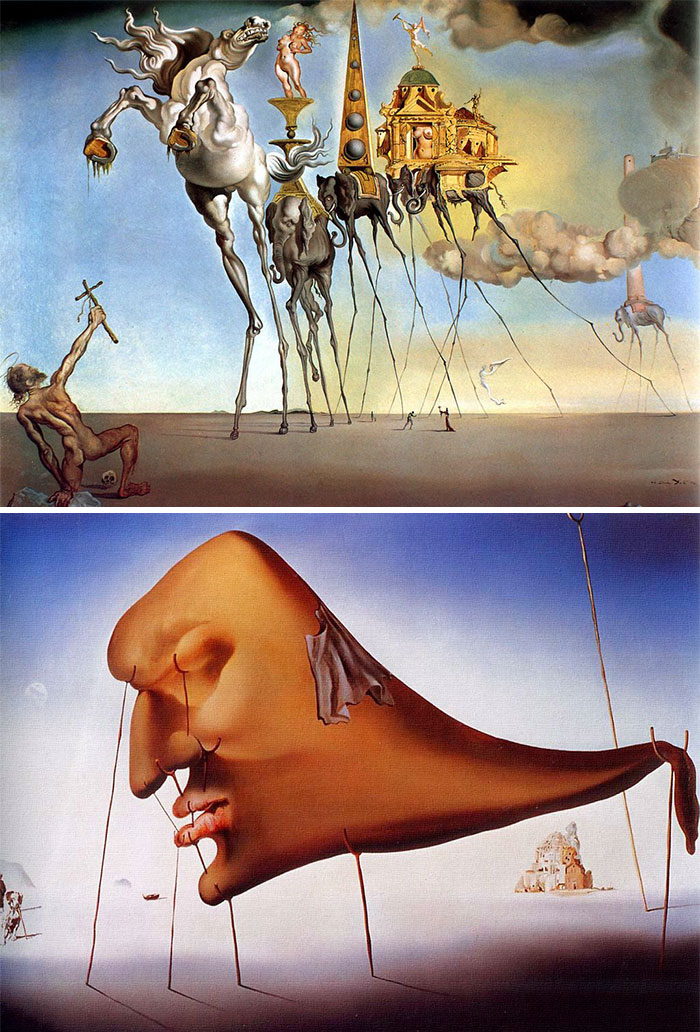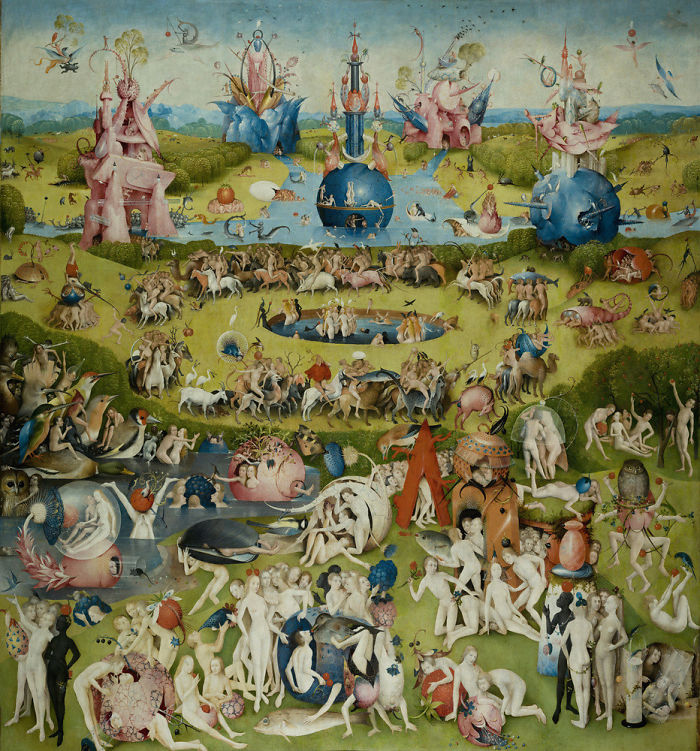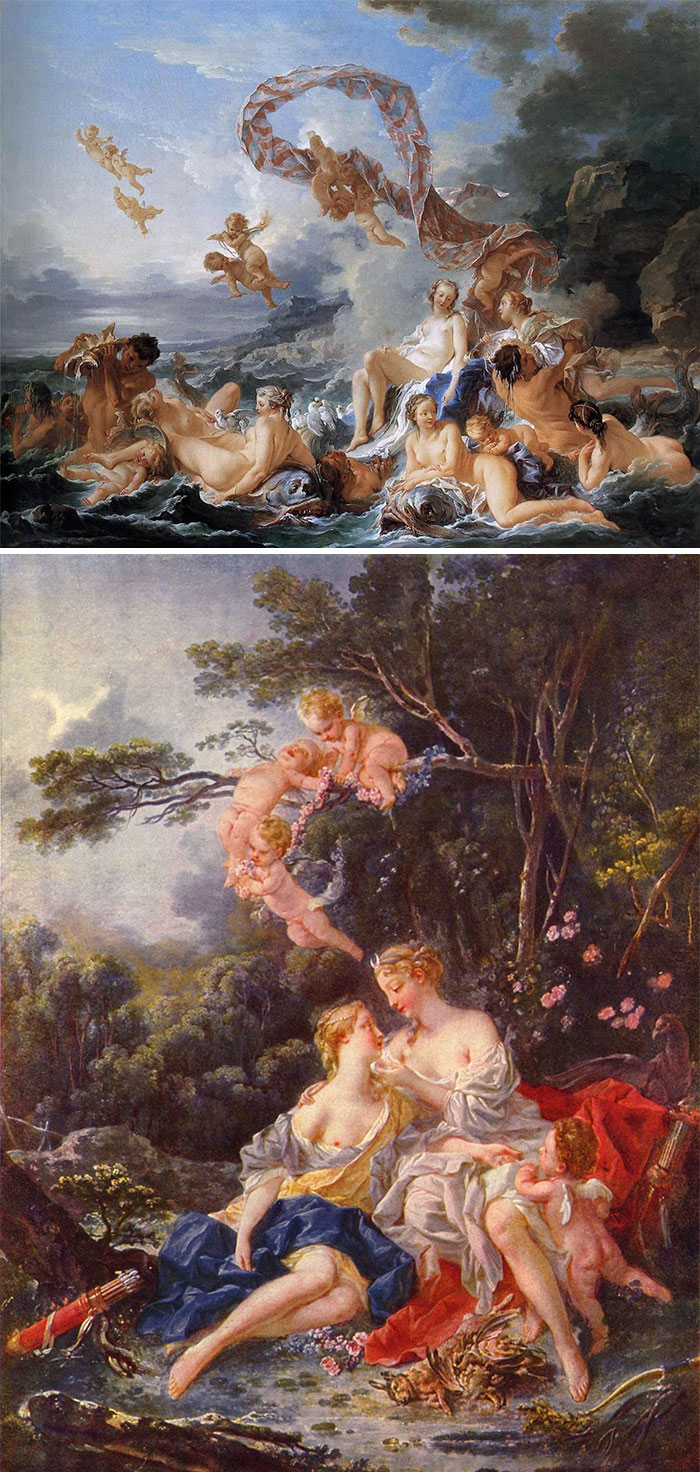If you’re not a big fan of classical art, you’d probably have a hard time pointing out what artist painted a certain painting. Well, your days of guessing are finally over – someone created a handy, albeit pretty hilarious, guide on how to recognize famous painters by their paintings and it’s surprisingly accurate.
The helpful guide, created by Reddit user DontTacoBoutIt, will help you recognize famous painters by pointing out the distinctive style elements in their paintings – in a hilarious way. From the Putin-like characters of Van Eyck to the chubby cupids of Boucher, check out this funny art guide in the gallery below!
#1 If Everyone – Including The Women – Looks Like Putin, Then It’s Van Eyck
Image source: flickerdart
Jan van Eyck
#2 If Everyone Looks Like Hobos Illuminated Only By A Dim Streetlamp, It’s Rembrandt
Image source: flickerdart
Rembrandt Harmenszoon van Rijn
#3 If It’s Something You Saw On Your Acid Trip Last Night, It’s Dali
Image source: flickerdart
Salvador Dalí
#4 If The Paintings Have Lots Of Little People In Them But Also Have A Ton Of Crazy Bulls#%t, It’s Bosch
Image source: flickerdart
Hieronymus Bosch
#5 If Everybody Has Some Sort Of Body Malfunction, Then It’s Picasso
Image source: flickerdart
Pablo Ruiz Picasso
#6 Lord Of The Rings Landscapes With Weird Blue Mist And The Same Wavy-Haired Aristocratic-Nose Madonna, It’s Da Vinci
Image source: flickerdart
Leonardo da Vinci
#7 Dappled Light And Unhappy Party-Time People, Then It’s Manet
Image source: flickerdart
Édouard Manet
#8 If You See A Ballerina, It’s Degas
Image source: flickerdart
Edgar Degas
#9 Dappled Light But No Figures, It’s Monet
Image source: flickerdart
Claude Monet
#10 If Everyone Is Beautiful, Naked, And Stacked, It’s Michelangelo
Image source: flickerdart
Michelangelo di Lodovico Buonarroti Simoni
#11 Dappled Light And Happy Party-Time People, It’s Renoir
Image source: flickerdart
Pierre-Auguste Renoir
#12 If The Images Have A Dark Background And Everyone Has Tortured Expressions On Their Faces, It’s Titian
Image source: flickerdart
Tiziano Vecelli
#13 Excel Sheet With Coloured Squares, It’s Mondrian
Image source: flickerdart
Piet Mondrian
#14 If All The Men Look Like Cow-Eyed Curly-Haired Women, It’s Caravaggio
Image source: flickerdart
Michelangelo Merisi da Caravaggio
#15 If The Paintings Have Tons Of Little People In Them But Otherwise Seem Normal, It’s Bruegel
Image source: flickerdart
Pieter Bruegel the Elder
#16 If Everyone In The Paintings Has Enormous Asses, Then It’s Rubens
Image source: flickerdart
Sir Peter Paul Rubens
#17 If Every Painting Is The Face Of A Uni-Browed Woman, It’s Frida
Image source: flickerdart
Frida Kahlo
#18 If Everything Is Highly-Contrasted And Sharp, Sort Of Bluish, And Everyone Has Gaunt Bearded Faces, It’s El Greco
Image source: flickerdart
Doménikos Theotokópoulos – El Greco (“The Greek”)
#19 If The Painting Could Easily Have A Few Chubby Cupids Or Sheep Added (Or Already Has Them), It’s Boucher
Image source: flickerdart
François Boucher



















